An Efficiency Improvement Strategy for Triple-Active-Bridge-Based DC Energy Routers in DC Microgrids
Abstract
1. Introduction
2. The Topology and Working Principle of TAB-DCER
2.1. Control Strategy of TAB-DCER
2.1.1. SPS Control Strategy
2.1.2. Phase-Shifted Plus PWM Control
2.2. Power Flow Analysis of TAB-DCER-based DC Microgrids
3. Optimal Control of the RMS Value of the Inductor Current for TAB-DCER
3.1. The Optimal Mathematical Model of the RMS Value of the Inductor Current for TAB-DCER Based on Circuit Decomposition
- Mode 1, ,
- Mode 2, ,
- Mode 3, ,
- Mode 4, ,
- Mode 5, ,
3.2. Optimal Control of the RMS Value of the Inductor Current
4. Simulation and Experimental Verification
4.1. Simulation Analysis of Power Coordination Control in TAB-DCER
4.2. Simulation Verification and Analysis of GAOS Control Strategy
4.3. Experimental Validation and Analysis
5. Conclusions
- The sum of squares of the RMS value of the inductor current of the TAB-DCER is related only to the phase shift angle between the ports and the duty cycle of the switching tubes. TAB-DCER can quickly adjust the load power according to the working condition to keep the system running stably and realize power-coordinated control when the working condition of these system changes.
- The circuit decomposition model based on PS-PWM control effectively reduces the difficulty of analyzing TAB-DCER. In addition, the use of a genetic algorithm reduces the complexity and computational difficulty of the mathematical model for optimization of the RMS value of the inductor current.
- The GAOS control strategy proposed in this paper can effectively reduce the sum of squares of the RMS value of the inductor current, decrease converter pass-state losses of the TAB-DCER, and improve the power transfer efficiency of TAB-DCER.
Author Contributions
Funding
Data Availability Statement
Conflicts of Interest
References
- Wu, H.F.; Zhang, J.J.; Xing, Y. A family of multiport buck-boost converters based on DC-link-Inductors (DLIs). IEEE Trans. Power Electron. 2015, 30, 735–746. [Google Scholar] [CrossRef]
- Loh, P.C.; Li, D.; Chai, Y.K.; Blaabjerg, F. Autonomous operation of hybrid microgrid with AC and DC subgrids. IEEE Trans. Power Electron. 2013, 28, 2214–2223. [Google Scholar] [CrossRef]
- Pham, V.-L.; Wada, K. Applications of Triple Active Bridge Converter for Future Grid and Integrated Energy Systems. Energies 2020, 13, 1577. [Google Scholar] [CrossRef]
- Yu, Y.; Masumoto, K.; Wada, K.; Kado, Y. A DC Power Distribution System in a Data Center Using a Triple Active Bridge DC-DC Converter. IEEJ J. Ind. Appl. 2018, 7, 202–209. [Google Scholar] [CrossRef]
- Yu, Y.; Masumoto, K.; Wada, K.; Kado, Y. Power Flow Control of a Triple Active Bridge DC-DC Converter Using GaN Power Devices for a Low-Voltage DC Power Distribution System. In Proceedings of the 2017 IEEE 3rd International Future Energy Electronics Conference and ECCE Asia (IFEEC 2017—ECCE Asia), Taiwan, China, 3–7 June 2017; pp. 772–777. [Google Scholar]
- Smith, Z.T.; Beddingfield, R.B.; Grainger, B.M. Power Flow Control for Decoupled Load Performance of Current-Fed Triple Active Bridge Converter. IEEE Open J. Power Electron. 2023, 4, 319–329. [Google Scholar] [CrossRef]
- Cai, Y.; Gu, C.; Li, J.; Yang, J.; Buticchi, G.; Zhang, H. Dynamic Performance Enhancement of a Triple Active Bridge with Power Decoupling-Based Configurable Model Predictive Control. IEEE Trans. Transp. Electrif. 2023, 9, 3338–3349. [Google Scholar] [CrossRef]
- Kimura, Y.; Yanagi, Y.; Iwaya, K.; Miyazaki, T. A Method for Decoupling Current Control of Three-port Isolated Converter. In Proceedings of the IECON 2018—44th Annual Conference of the IEEE Industrial Electronics Society, Washington, DC, USA, 21–23 October 2018; pp. 895–900. [Google Scholar]
- Wang, W.; Wang, P.B.; Ma, T.Y.; Liu, H.P.; Wu, H. A simple decoupling control method for isolated three-port bidirectional converter in low-voltage dc microgrids. In Proceedings of the 2015 IEEE Energy Conversion Congress and Exposition (ECCE), Montreal, QC, Canada, 20–24 September 2015; pp. 3192–3196. [Google Scholar]
- You, J.; Vilathgamuwa, M.; Ghasemi, N.; Gong, B. Elimination of current oscillation in isolated three-port power converters using active damping method. IET Power Electron. 2019, 12, 2802–2809. [Google Scholar] [CrossRef]
- Wang, Y.F.; Han, F.Q.; Yang, L.; Xu, R.; Liu, R.X. A Three-Port Bidirectional Multi-Element Resonant Converter with Decoupled Power Flow Management for Hybrid Energy Storage Systems. IEEE Access 2018, 6, 61331–61341. [Google Scholar] [CrossRef]
- Jiang, L.; Costinett, D. A triple active bridge DC-DC converter capable of achieving full-range ZVS. In Proceedings of the 2016 IEEE Applied Power Electronics Conference and Exposition (APEC), Long Beach, CA, USA, 20–24 March 2016; pp. 872–879. [Google Scholar]
- Guo, P.; Wang, Y.; Bi, K.; Gao, C.; Zhang, G. Model Predictive Control for the Three-Port Isolated Bidirectional DC/DC Converter with Soft Switching. In Proceedings of the 2023 International Conference on Power System Technology (PowerCon), Jinan, China, 21–22 September 2023; pp. 1–6. [Google Scholar]
- Zhao, C.; Kolar, J.W. A novel three-phase three-port UPS employing a single high-frequency isolation transformer. In Proceedings of the 2004 IEEE 35th Annual Power Electronics Specialists Conference (IEEE Cat. No.04CH37551), Aachen, Germany, 20–25 June 2004; pp. 4135–4141. [Google Scholar]
- Zhao, C.; Round, S.D.; Kolar, J.W. An isolated three-port bidirectional DC-DC converter with decoupled power flow management. IEEE Trans. Power Electron. 2008, 23, 2443–2453. [Google Scholar] [CrossRef]
- Purgat, P.; Bandyopadhyay, S.; Qin, Z.; Bauer, P. Zero Voltage Switching Criteria of Triple Active Bridge Converter. IEEE Trans. Power Electron. 2021, 36, 5425–5439. [Google Scholar] [CrossRef]
- Yu, X.P.; Lan, Z.; Zeng, J.H.; Tu, C.M.; He, D. Time-Domain-Based Superposition Analysis for Triple Active Bridge and Its Application for ZVS and Current Stress Optimization. IEEE Trans. Power Electron. 2023, 38, 5844–5857. [Google Scholar] [CrossRef]
- Dey, S.; Mallik, A. Multivariable-Modulation-Based Conduction Loss Minimization in a Triple-Active-Bridge Converter. IEEE Trans. Power Electron. 2022, 37, 6599–6612. [Google Scholar] [CrossRef]
- Zhou, L.; Gao, Y.; Ma, H.; Krein, P.T. Wide-Load Range Multiobjective Efficiency Optimization Produces Closed-Form Control Solutions for Dual Active Bridge Converter. IEEE Trans. Power Electron. 2021, 36, 8612–8616. [Google Scholar] [CrossRef]
- Li, J.; Luo, Q.M.; Mou, D.; Wei, Y.Q.; Sun, P.J.; Du, X. A Hybrid Five-Variable Modulation Scheme for Dual-Active-Bridge Converter with Minimal RMS Current. IEEE Trans. Ind. Electron. 2022, 69, 336–346. [Google Scholar] [CrossRef]
- Hebala, O.M.; Aboushady, A.A.; Ahmed, K.H.; Abdelsalam, I. Generic Closed-Loop Controller for Power Regulation in Dual Active Bridge DC–DC Converter with Current Stress Minimization. IEEE Trans. Ind. Electron. 2019, 66, 4468–4478. [Google Scholar] [CrossRef]
- Li, J.; Luo, Q.M.; Luo, T.; Mou, D.; Liserre, M. Efficiency Optimization Scheme for Isolated Triple Active Bridge DC–DC Converter with Full Soft-Switching and Minimized RMS Current. IEEE Trans. Power Electron. 2022, 37, 9114–9128. [Google Scholar] [CrossRef]
- Ibrahim, A.A.; Zilio, A.; Younis, T.; Biadene, D.; Caldognetto, T.; Mattavelli, P. Artificial Neural Networks Approach for Reduced RMS Currents in Triple Active Bridge Converters. In Proceedings of the IECON 2022—48th Annual Conference of the IEEE Industrial Electronics Society, Brussels, Belgium, 17–20 October 2022; pp. 1–6. [Google Scholar]
- Ibrahim, A.A.; Zilio, A.; Biadene, D.; Caldognetto, T.; Mattavelli, P. Optimization Approaches for RMS Current Reduction of Triple Active Bridge Converters. In Proceedings of the 2023 IEEE Conference on Power Electronics and Renewable Energy (CPERE), Luxor, Egypt, 19–21 February 2023; pp. 1–7. [Google Scholar]

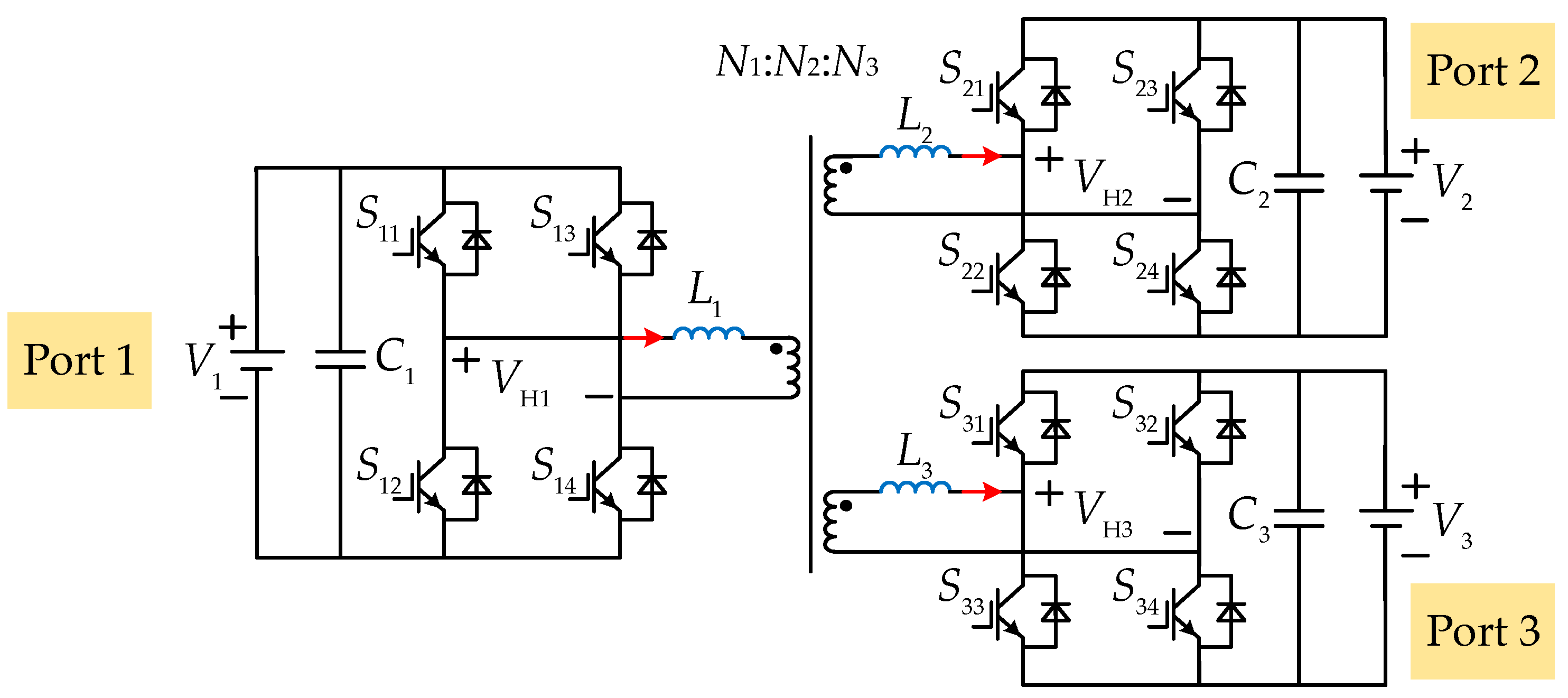


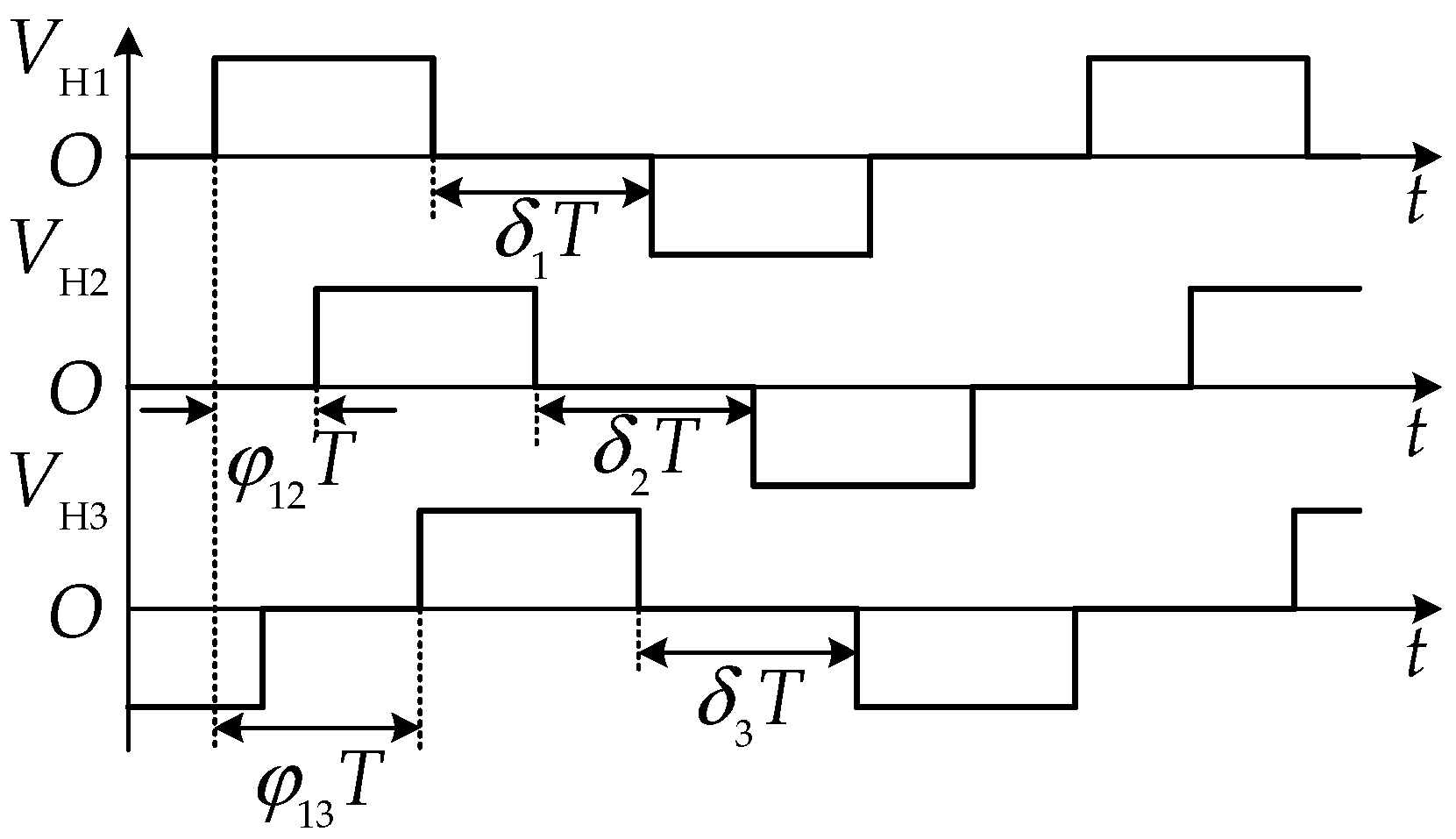
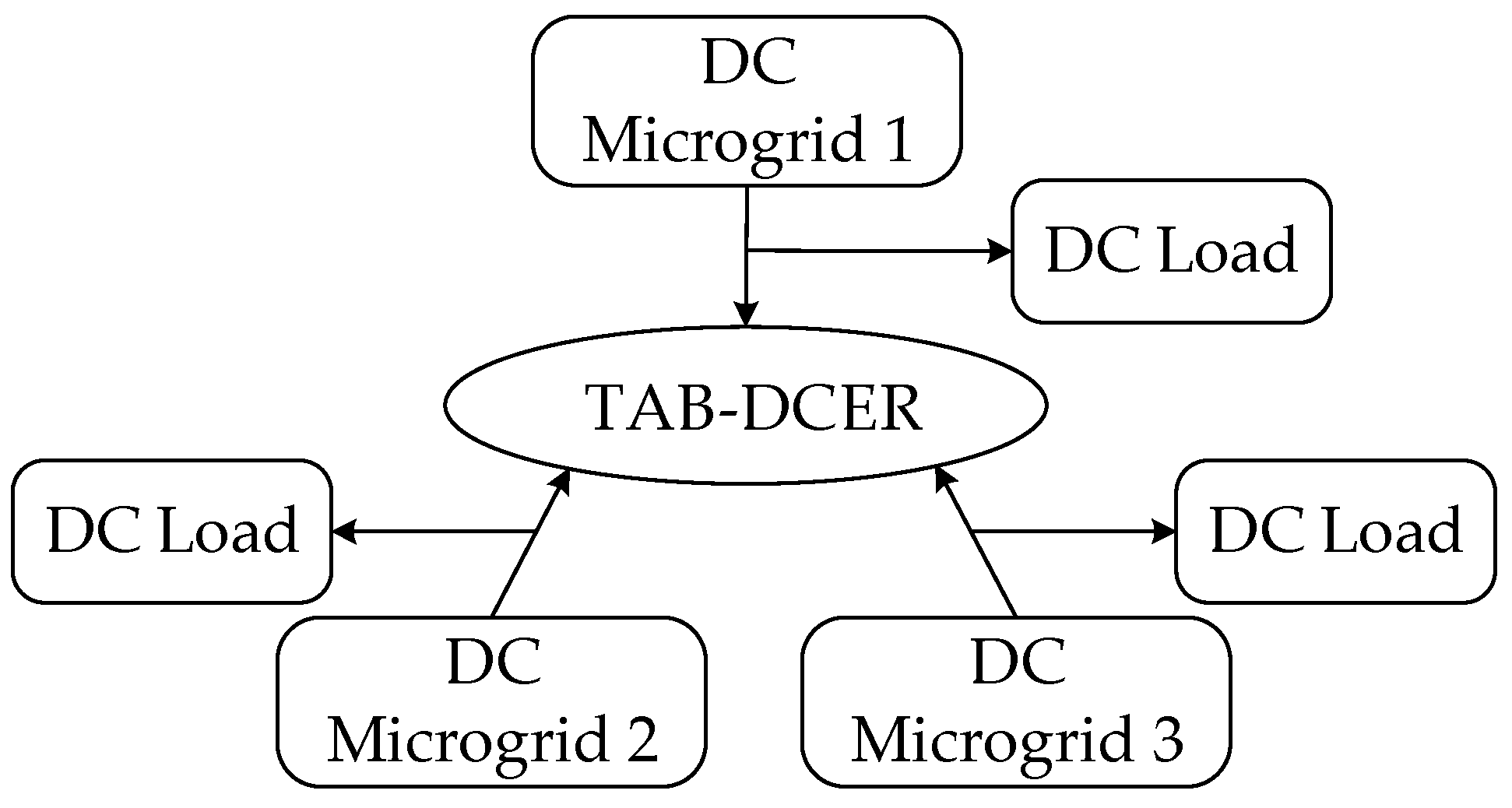
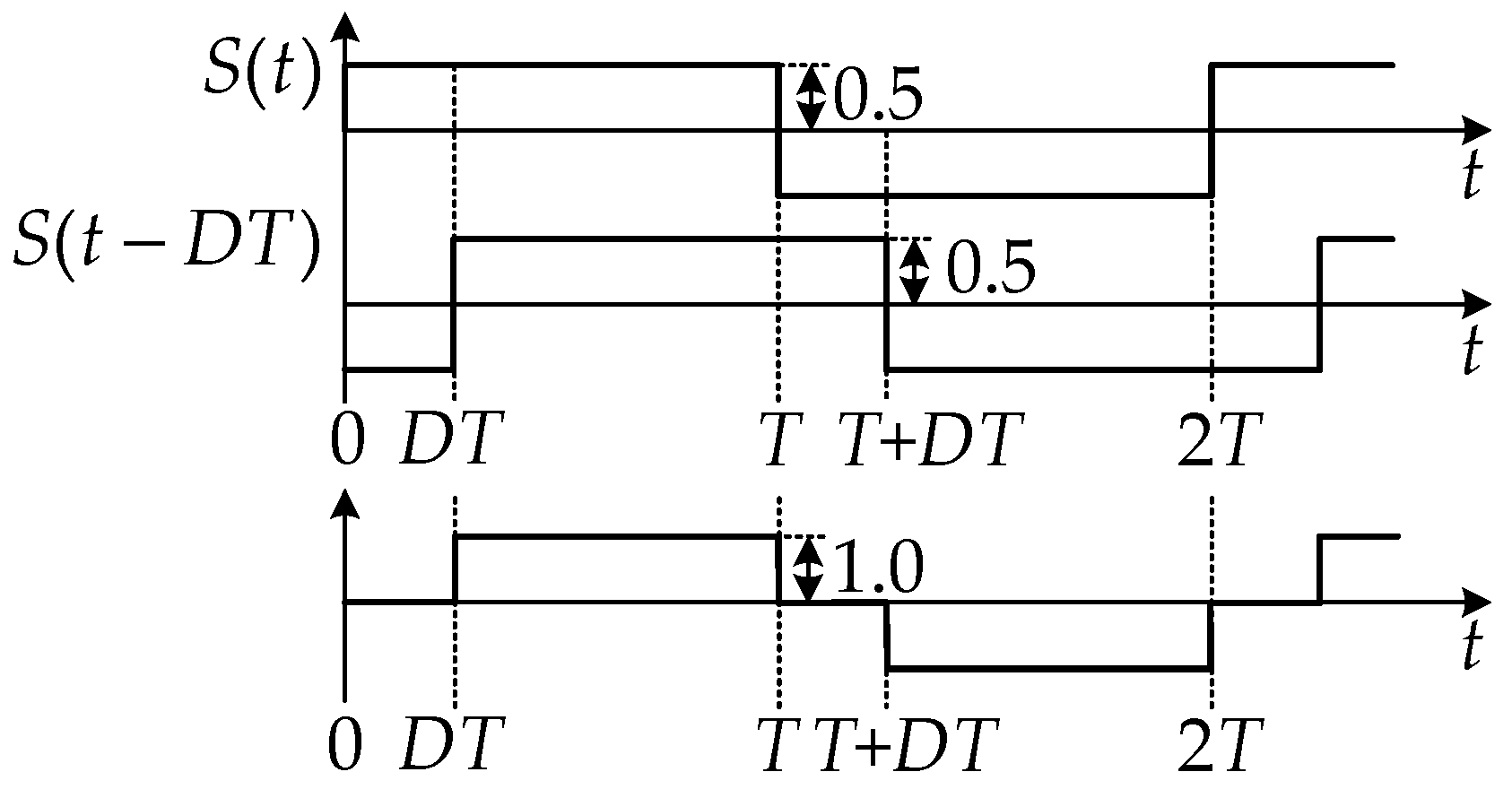


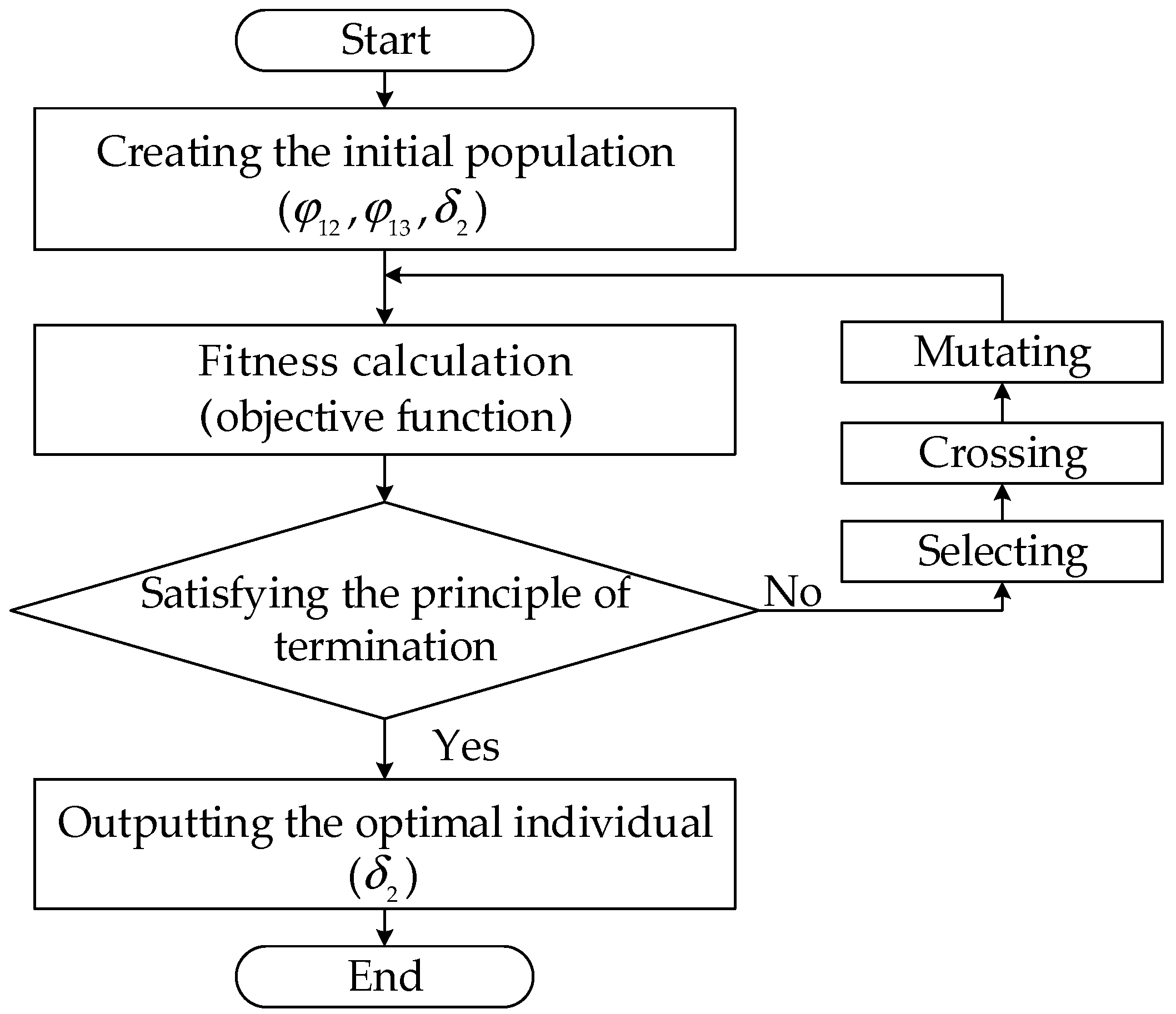

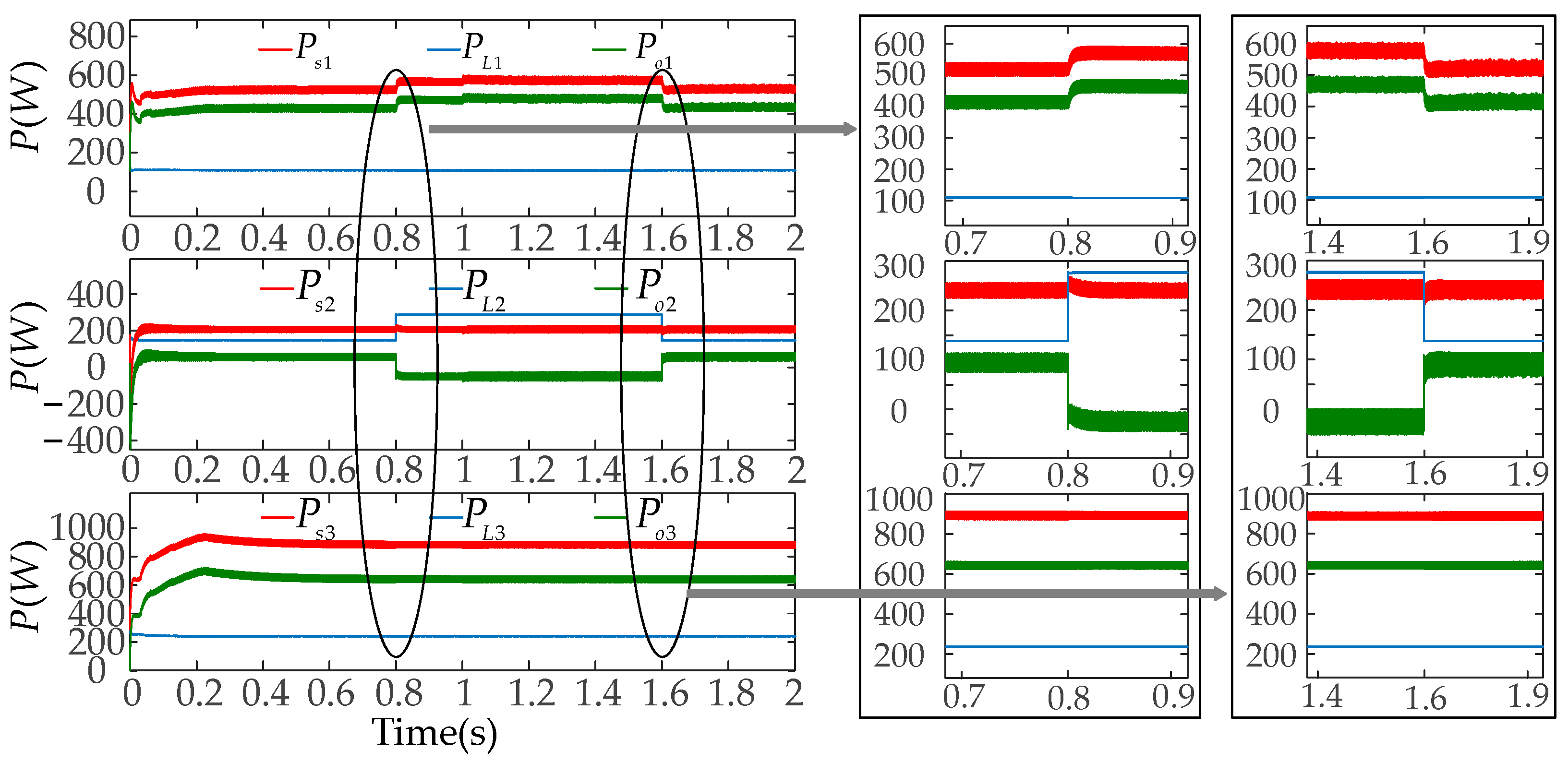
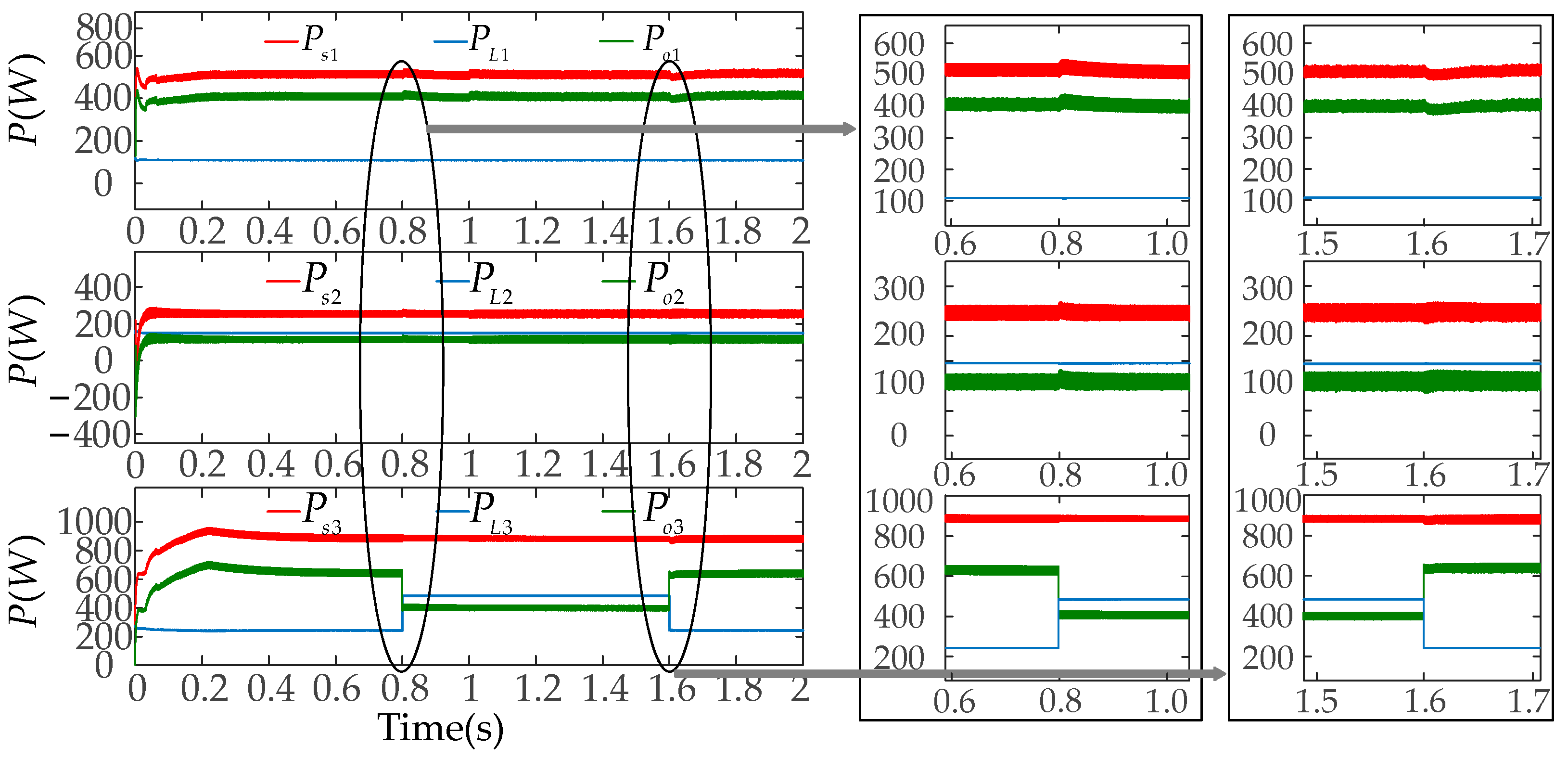
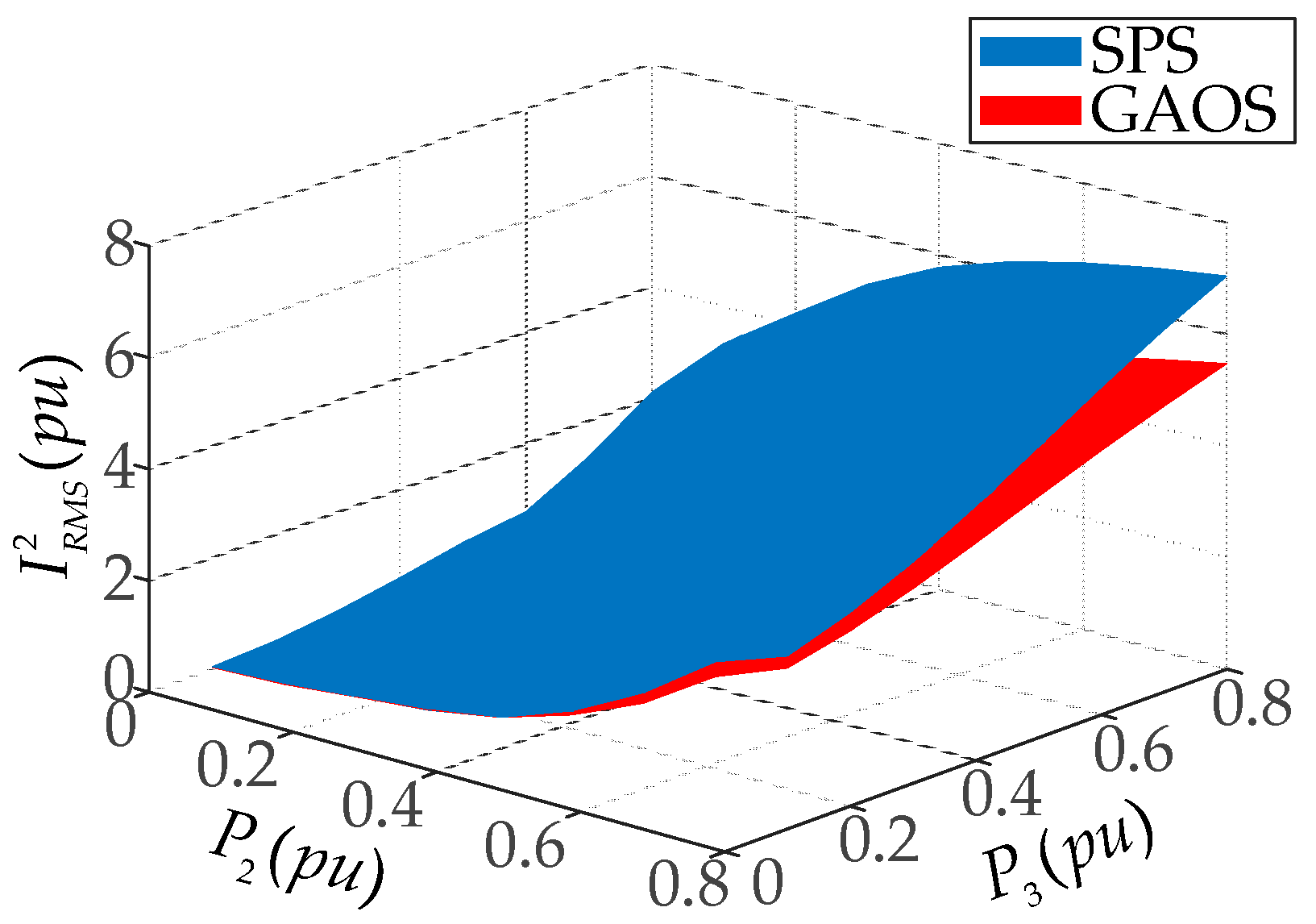
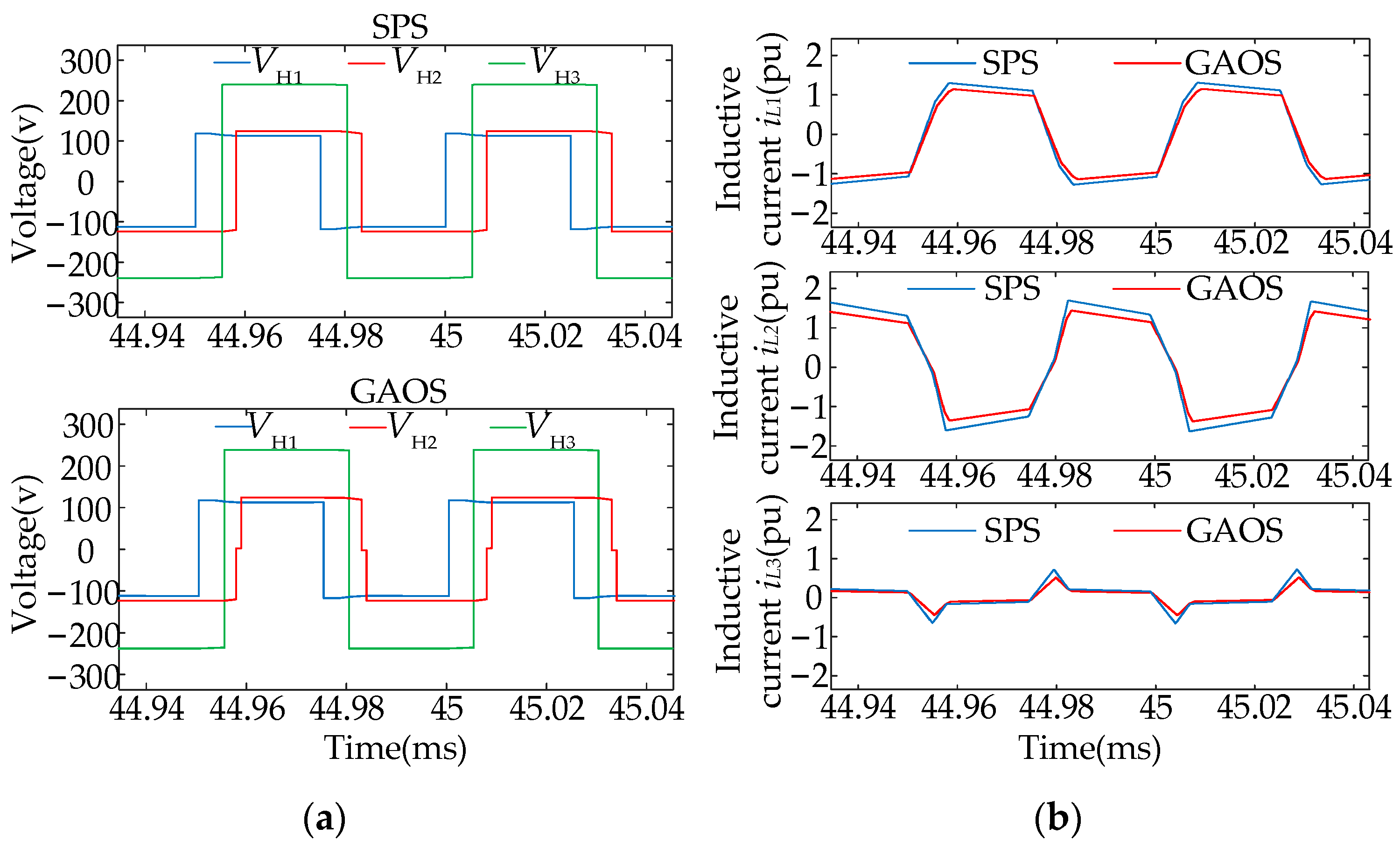
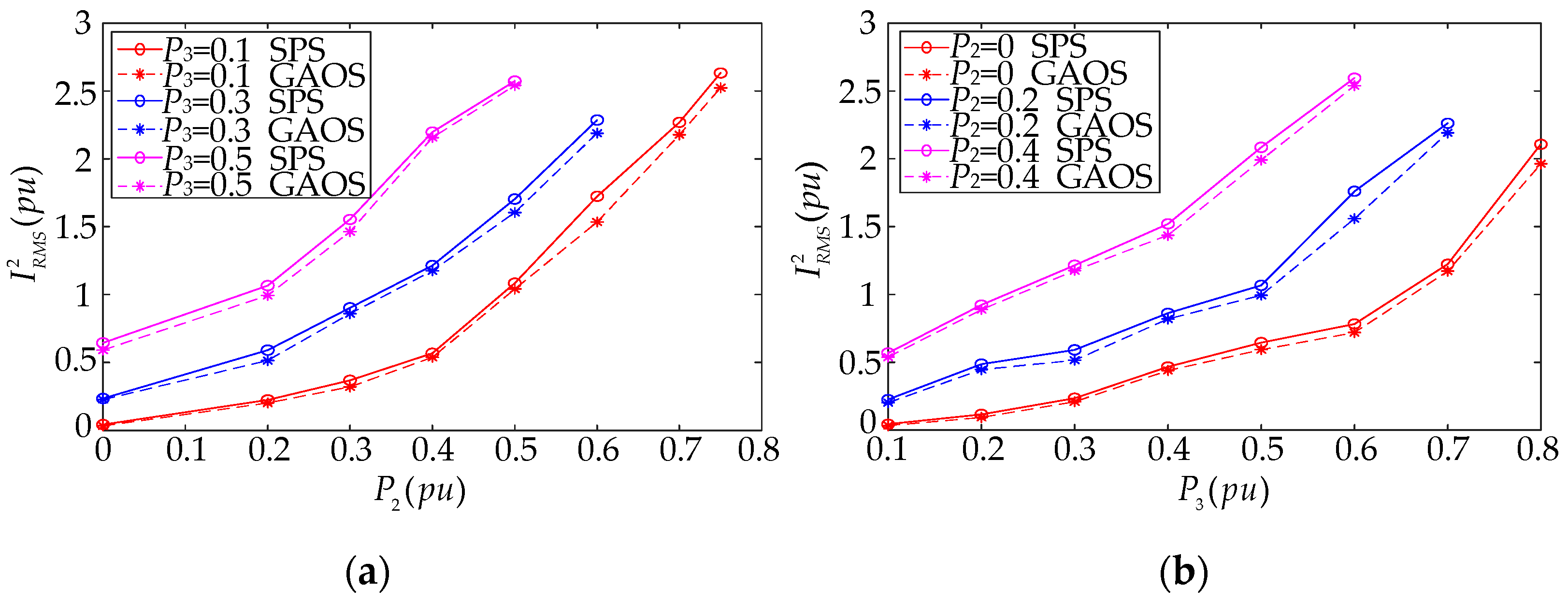
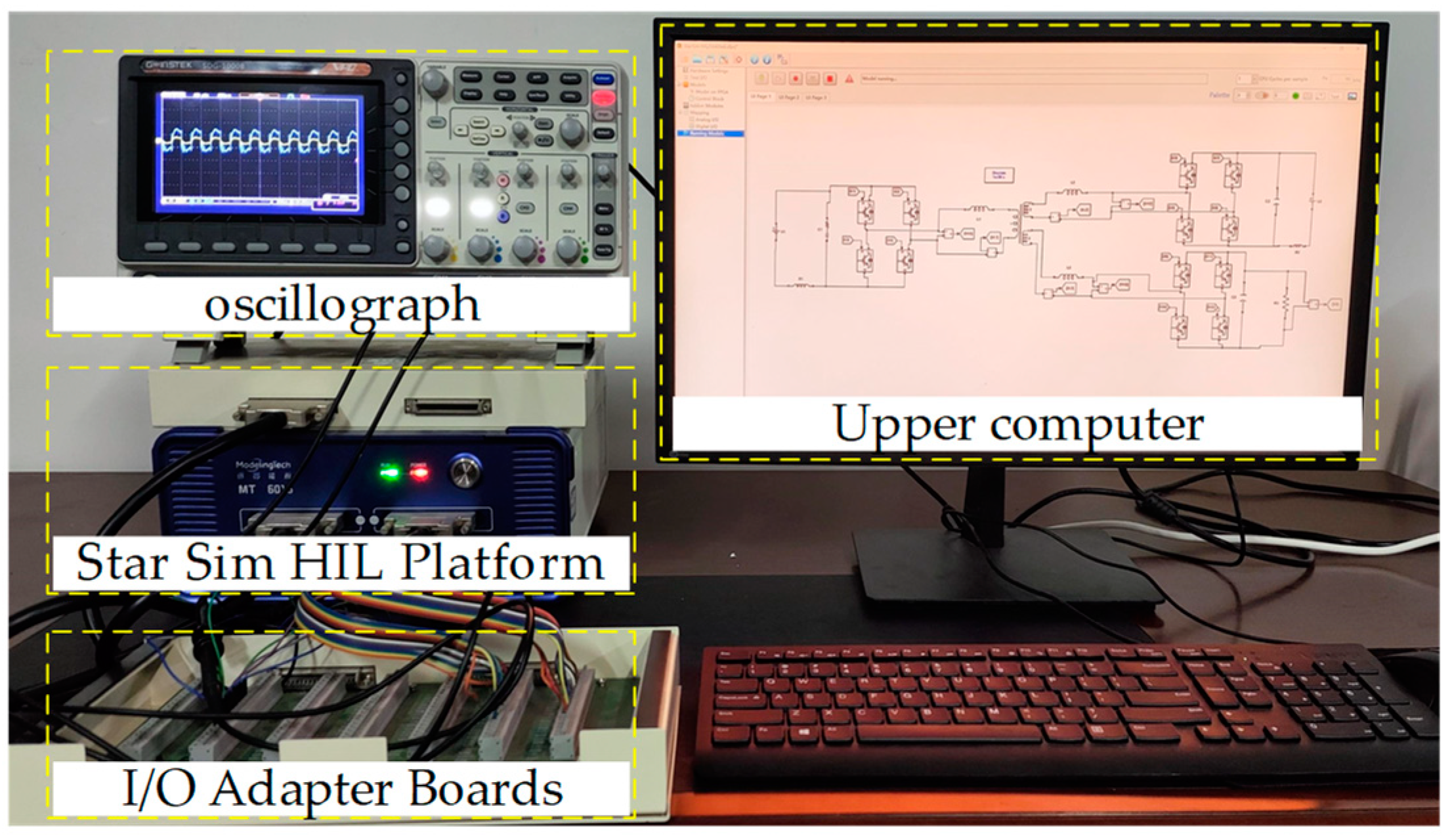
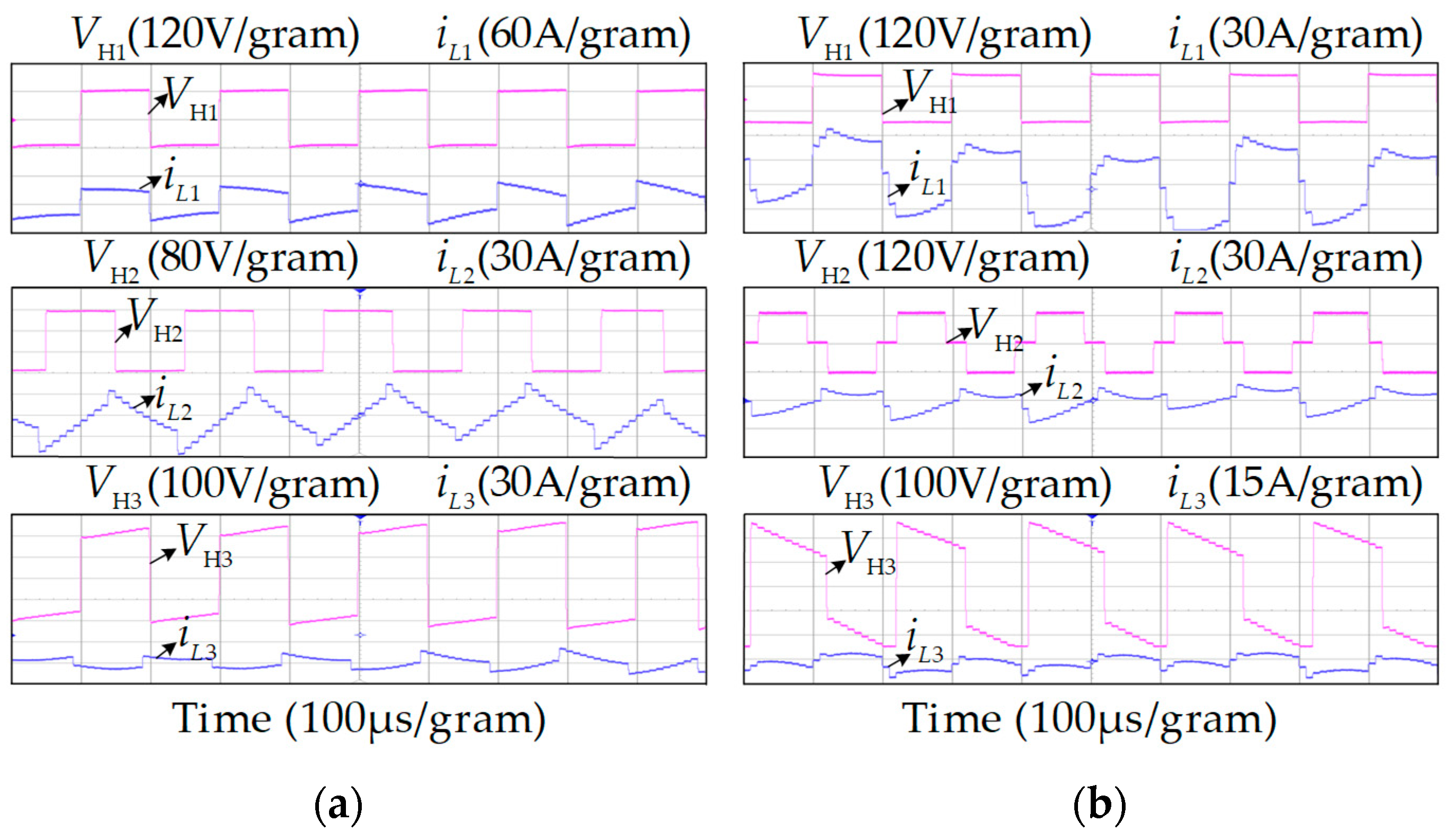
| Parameter | Numeric Value |
|---|---|
| Population size | 100 |
| Evolutionary algebra | 50 |
| Crossover probability | 0.6 |
| Probability of variation | 0.01 |
| Parameter | Stats |
|---|---|
| (V) | 120 |
| (V) | 120 |
| (V) | 240 |
| (Hz) | 20,000 |
| 1:1:2 | |
| (Μh) | 21.33, 21.33, 85.32 |
| Parameter | Stats |
|---|---|
| (V) | 120 |
| (V) | 120 |
| (V) | 240 |
| (Hz) | 5000 |
| 1:1:2 | |
| Power transmission inductance L1: L2: L3 (Μh) | 21.33 |
Disclaimer/Publisher’s Note: The statements, opinions and data contained in all publications are solely those of the individual author(s) and contributor(s) and not of MDPI and/or the editor(s). MDPI and/or the editor(s) disclaim responsibility for any injury to people or property resulting from any ideas, methods, instructions or products referred to in the content. |
© 2024 by the authors. Licensee MDPI, Basel, Switzerland. This article is an open access article distributed under the terms and conditions of the Creative Commons Attribution (CC BY) license (https://creativecommons.org/licenses/by/4.0/).
Share and Cite
Meng, X.; Duan, Q.; Sha, G.; Zhao, C.; Wang, H.; Wang, X.; Lan, Z. An Efficiency Improvement Strategy for Triple-Active-Bridge-Based DC Energy Routers in DC Microgrids. Electronics 2024, 13, 1172. https://doi.org/10.3390/electronics13071172
Meng X, Duan Q, Sha G, Zhao C, Wang H, Wang X, Lan Z. An Efficiency Improvement Strategy for Triple-Active-Bridge-Based DC Energy Routers in DC Microgrids. Electronics. 2024; 13(7):1172. https://doi.org/10.3390/electronics13071172
Chicago/Turabian StyleMeng, Xiaoli, Qing Duan, Guanglin Sha, Caihong Zhao, Haoqing Wang, Xueli Wang, and Zheng Lan. 2024. "An Efficiency Improvement Strategy for Triple-Active-Bridge-Based DC Energy Routers in DC Microgrids" Electronics 13, no. 7: 1172. https://doi.org/10.3390/electronics13071172
APA StyleMeng, X., Duan, Q., Sha, G., Zhao, C., Wang, H., Wang, X., & Lan, Z. (2024). An Efficiency Improvement Strategy for Triple-Active-Bridge-Based DC Energy Routers in DC Microgrids. Electronics, 13(7), 1172. https://doi.org/10.3390/electronics13071172





